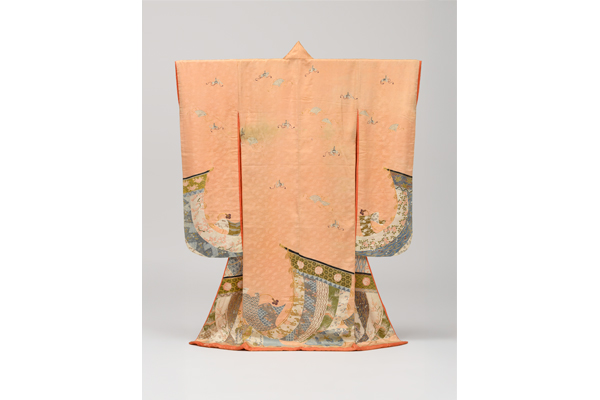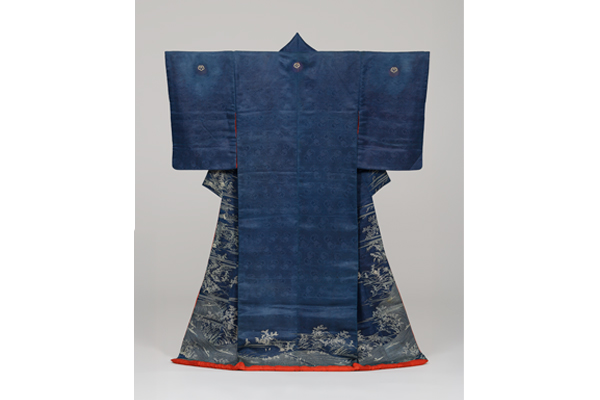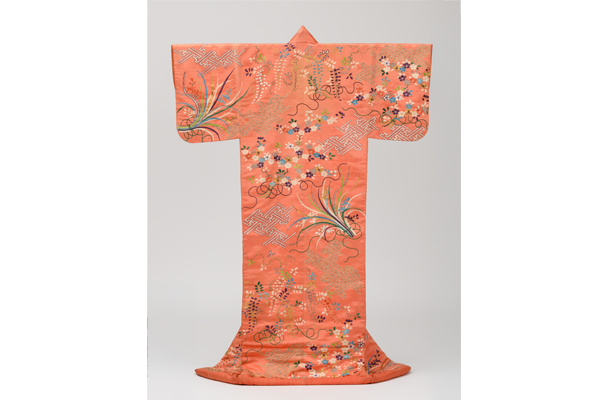
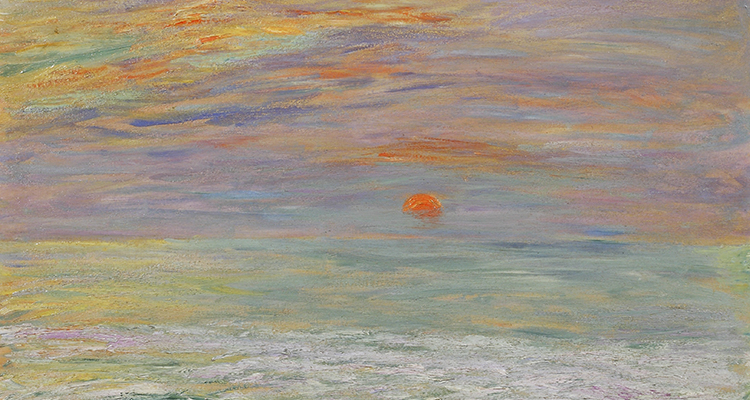
Exhibition
Exhibition
Unraveling the Evolution of Kimono Styles from Early Photographic Materials:
Women's Traditional Japanese Clothing in the Late Edo and Meiji Periods
December 2, 2025 (Tuesday) ~ January 24, 2026 (Saturday)
Closed: Sundays and national holidays, Year-end and New Year holidays (December 26 - January 4)
Special Event:
Wearing Kimono Well. And Enjoyably!
Speaker: Hara Yumiko
Time: 2:00 p.m.–3:30 p.m.
Date: Saturday, January 17, 2026
Place: Third-floor hall, Marubeni Building
Fee: Free of charge
Hara took part in launching the fashion-and-lifestyle magazine An-An in 1970. She has been a pioneering stylist and has written extensively on how to enjoy wearing traditional Japanese apparel.
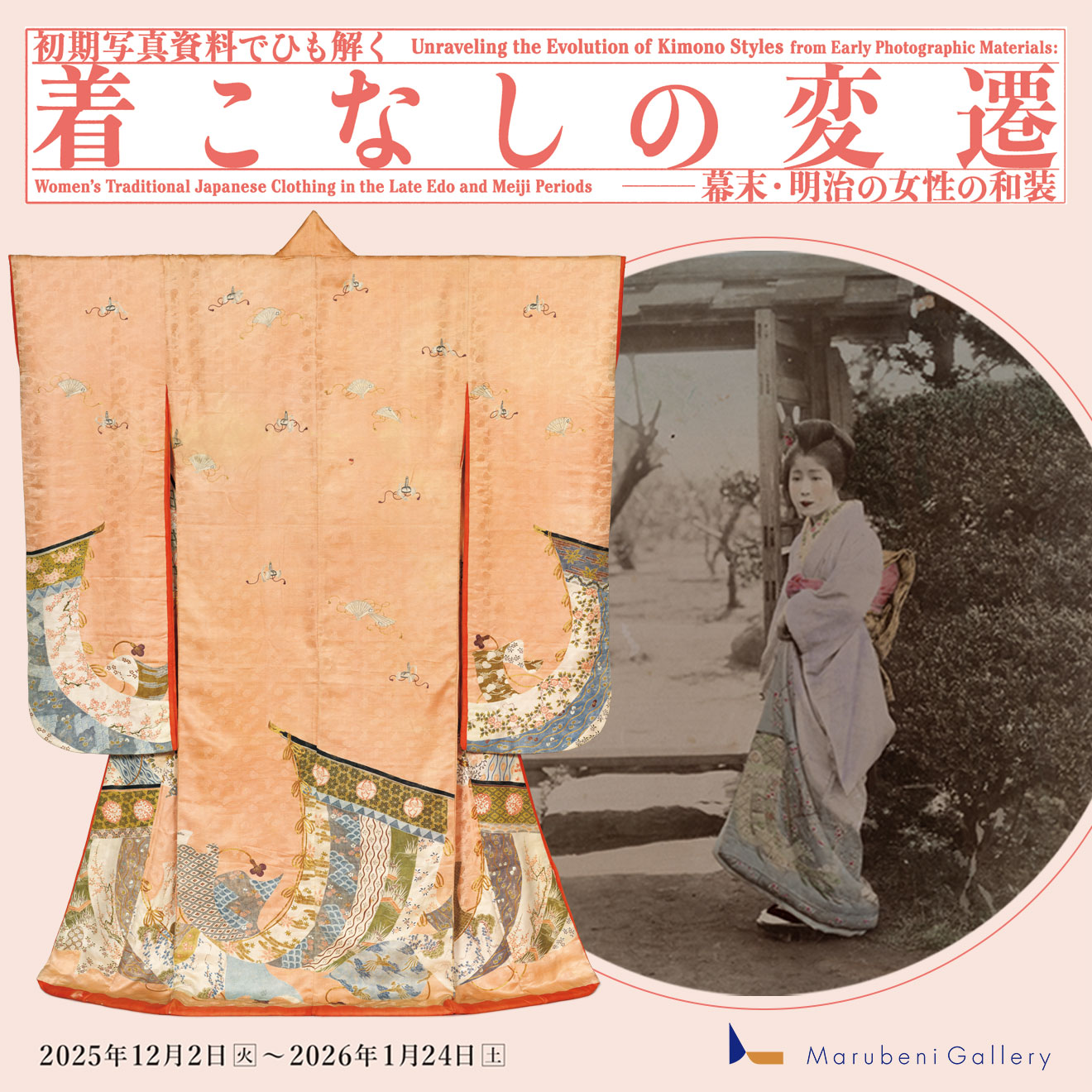
Pink Figured Satin Furisode with Kicho,Crowms,and Cypress Fans Late Edo period,19th century,Marubeni collection
(Women in a kimono) c.1883-1912.Tokyo photographic Art Museum
Exhibition Introduction
Widely accepted standards for traditional apparel and for wearing it took hold in Japanese society in the Edo period (1603–1868) and diversified greatly in the Meiji period (1868–1912). This exhibition is a first-of-its-kind endeavor to recreate the 19th-century wearing of kimono in reference to valuable photographic archives. The Edo period ended in a series of events that began with the arrival of Commodore Matthew Perry’s fleet in 1853 and concluded with the Meiji Restoration in 1868. That coincided with the forced opening of Japanese ports, which occasioned a surge in interchange with the United States and Europe.
A wave of westernizing modernization swept Japanese society. Western-style apparel became common, though principally among males. What modernization catalyzed for women’s fashion in the late 19th century was a heightened boldness and diversity in kimono. Not until the postwar period would western-style attire become daily wear for Japanese women. The design and wearing of kimono then became, conversely, subject to newly standardized guidelines.
This exhibition draws on the photographic technology that reached Japan in the late Edo period and on then-contemporary documents. It recreates the female side of the wearing of traditional Japanese fashion in that era and in the Meiji period. The recreation comes alive with actual kimono, obi sashes, and accessories from the eras covered. Here is an opportunity, born of Marubeni’s rich collection of kimono and assiduous research on textile dyeing, to view the wearing of kimono a century ago.
About this Exhibition
Pink Figured Satin Furisode with Kicho, Crowns, and Cypress Fans
Late Edo period, 19th century
155.0 cm × 60.5 cm
Exhibition Period: 12/2~12/15, 1/13~1/24
Kicho were screens installed in aristocratic homes in Japan’s Heian period (794–1185) to serve as partitions and to shield the women of the household from the gaze of male visitors. Their association with classical times earned them favor in the Edo period, along with crowns and cypress fans, as auspicious motifs. Kicho motifs appear, for example, in an 18th-century book of kosode (short-sleeved kimono) templates. Marks left by obi sashes around the waist of this kimono testify to its service as a garment.
Grayish-Blue Figured Satin Kosode with Raft-Floating Motifs
Late Edo period or early Meiji period, late 19th century
157.6 cm × 62.0 cm
Exhibition Period: 12/2~12/25
Masterful resist dyeing has retained the white beneath the grayish-blue dye as renderings of mountainous terrain and flowing water on this kosode (short-sleeved kimono). Those renderings, along with the woven pattern of little rain dragons, evoke a marvelously three-dimensional space. Such renderings at the bottoms of kimono were popular from the late Edo period into the Meiji period. Here, the flow of the water and the waving of the flora impart dynamism to the movement of the rafts. Ueno Seiko, the progenitor of the Ueno lineage of Kyoto Yuzen kimono creators, once owned this work.
Pink Satin Uchikake with Flowers and Fylfot Patterns
Late Edo period, 19th century
175.3 cm × 63.4 cm
Exhibition Period: 1/5~1/24
Realistic depictions of flora and geometric patterns embroidered large on kimono were in vogue among the nobility in the late Edo period. The creator of this uchikake (formal outer kimono) has deployed cherry, wisteria, and orchid blossoms boldly across the garment in bouquets and accompanied them with fylfot ornamentation. The embroidered renderings of windblown strings on the bouquets, imported satin fabric, and Prussian blue dye bring an audacious glory to the traditional motifs.
Past exhibitions
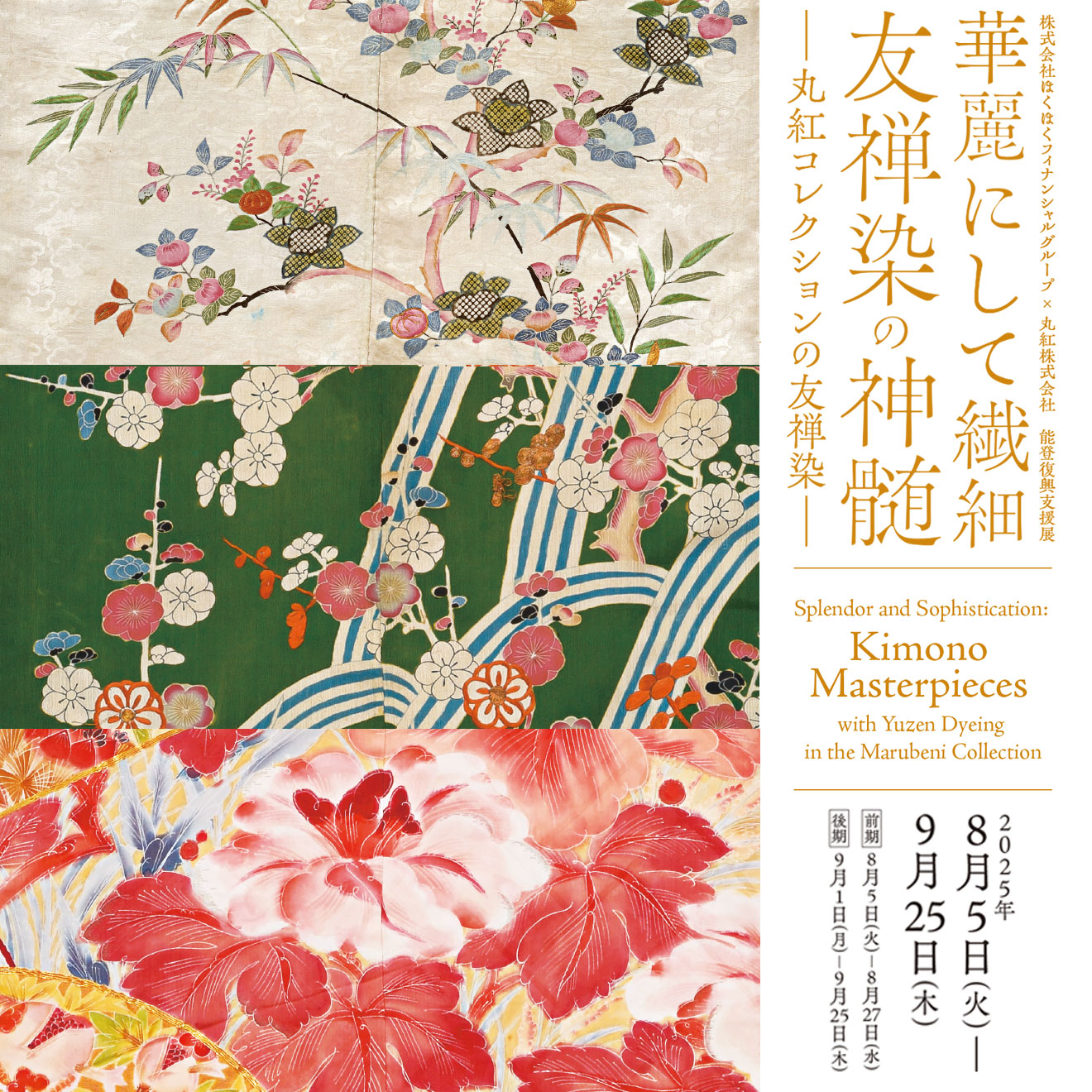
Unraveling the Evolution of Kimono Styles from Early Photographic Materials:
Women's Traditional Japanese Clothing in the Late Edo and Meiji Periods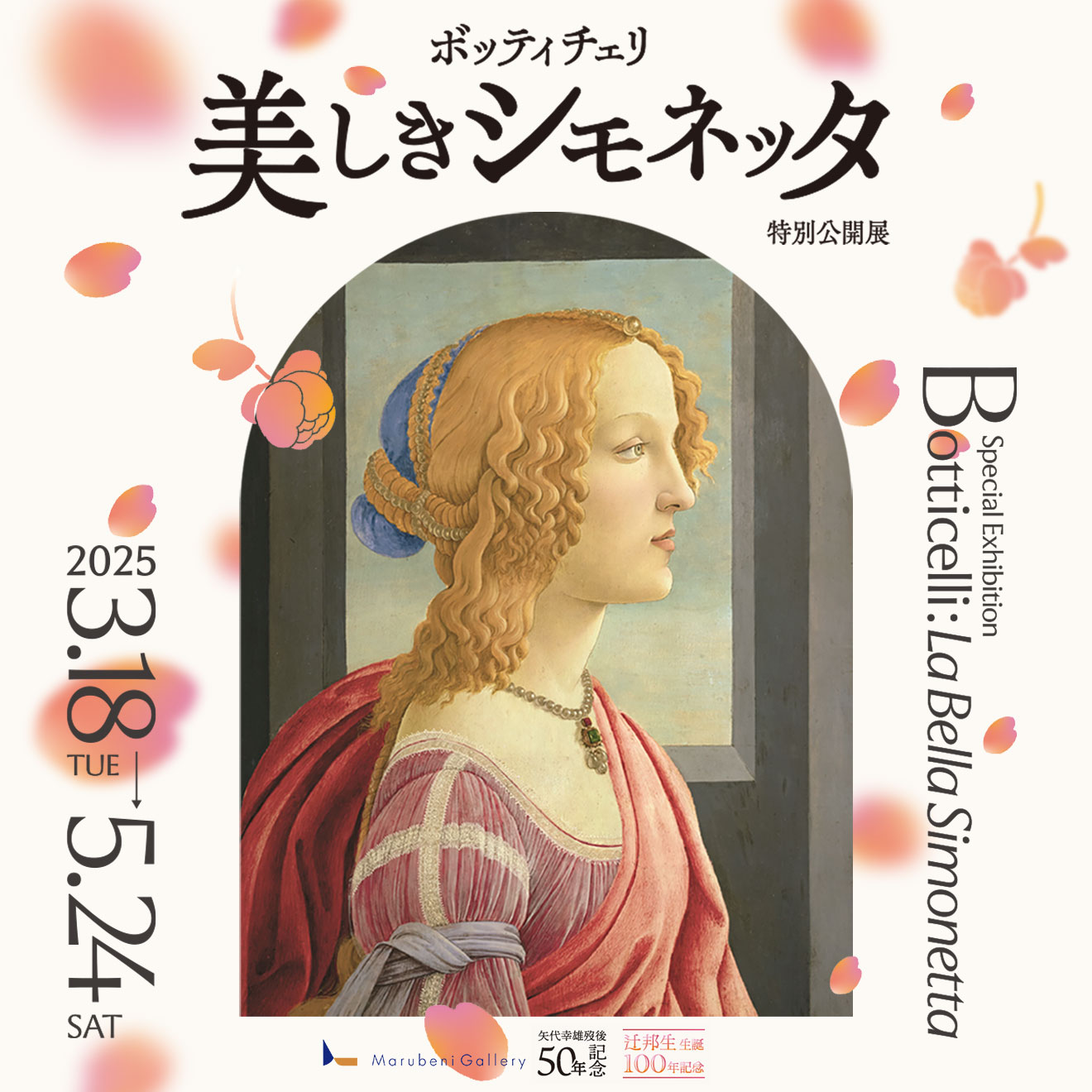
Special Exhibition
― Botticelli: La Bella Simonetta ―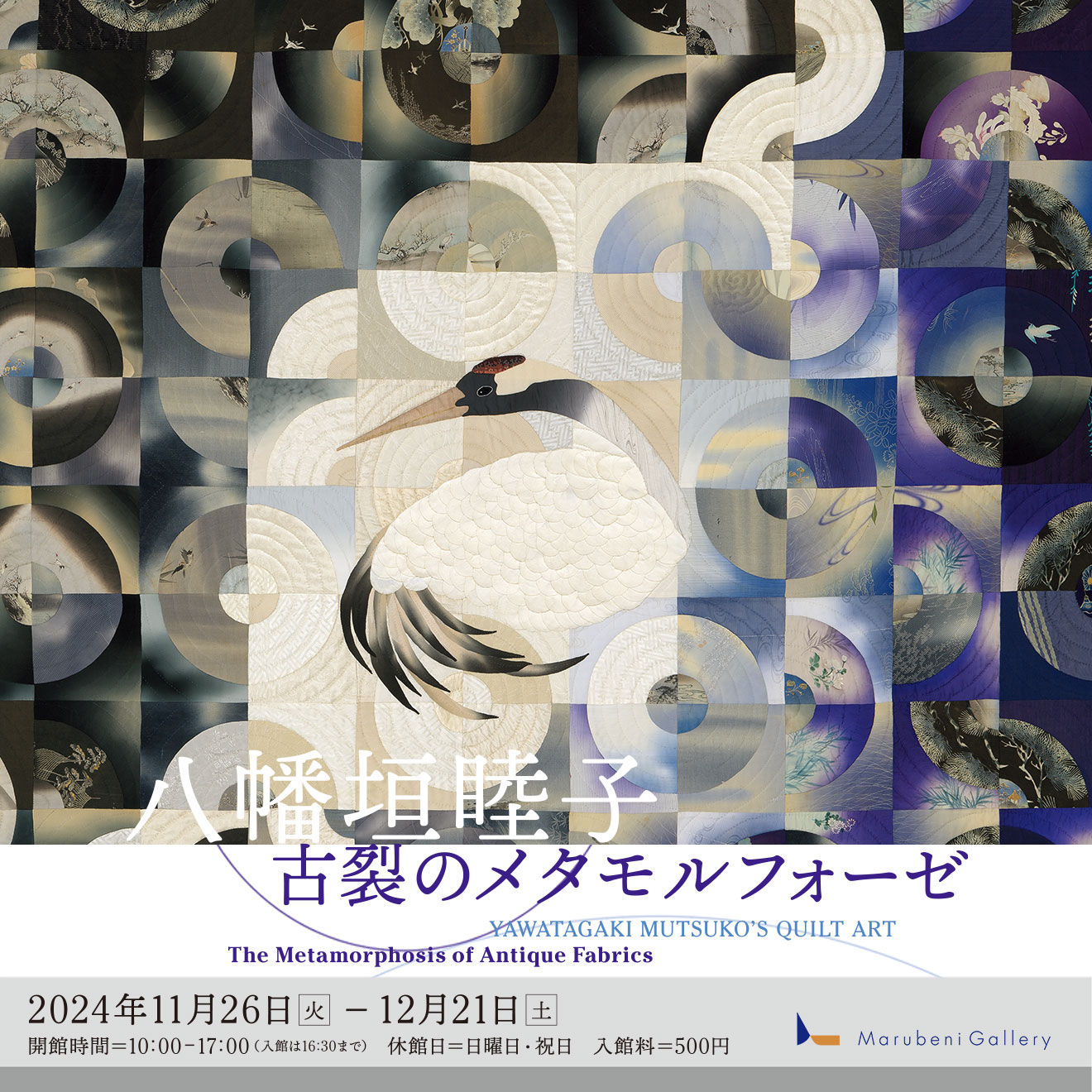
YAWATAGAKI MUTSUKO'S QUILT ART: The Metamorphosis of Antique Fabrics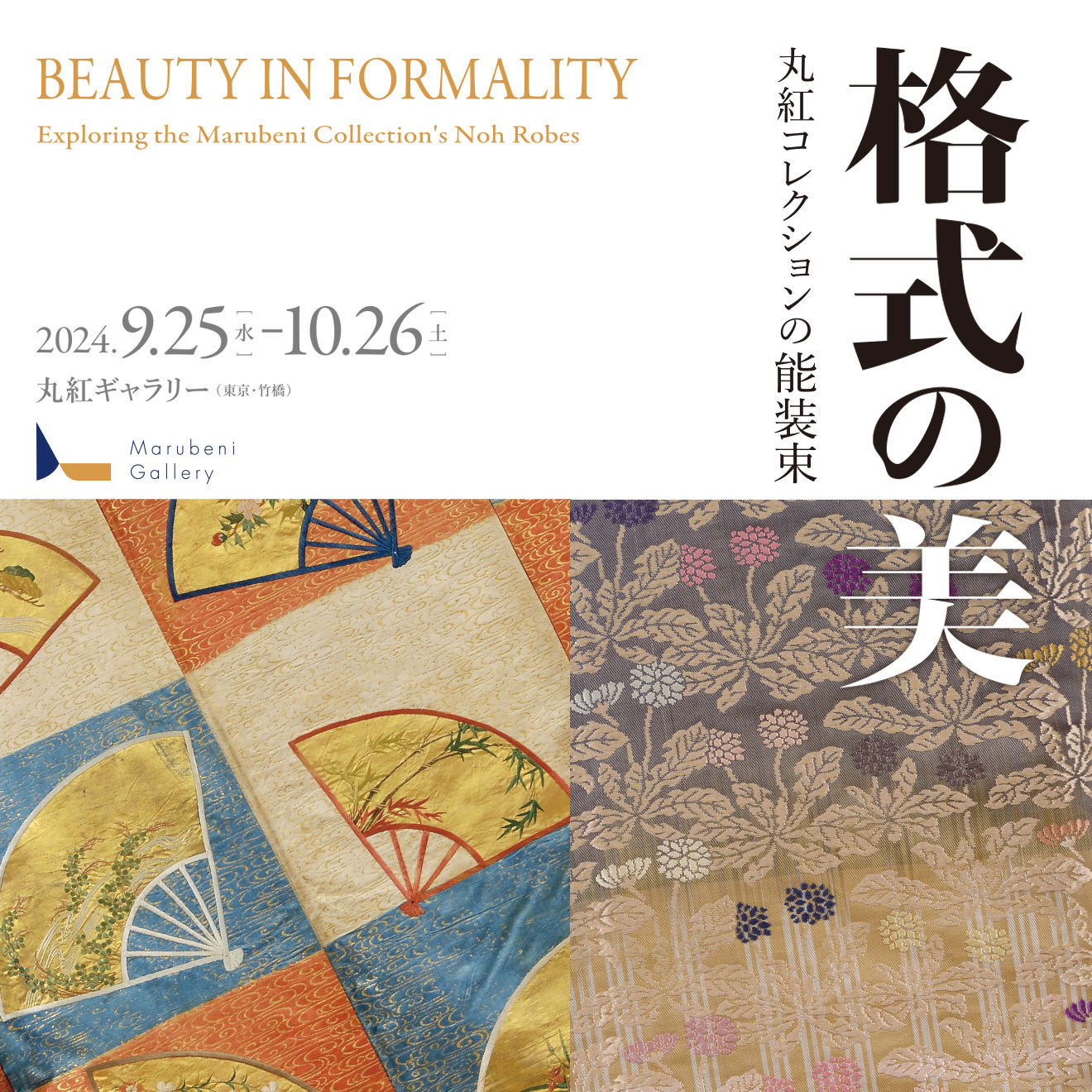
Beauty in Formality: Exploring the Marubeni Collection’s Noh Robes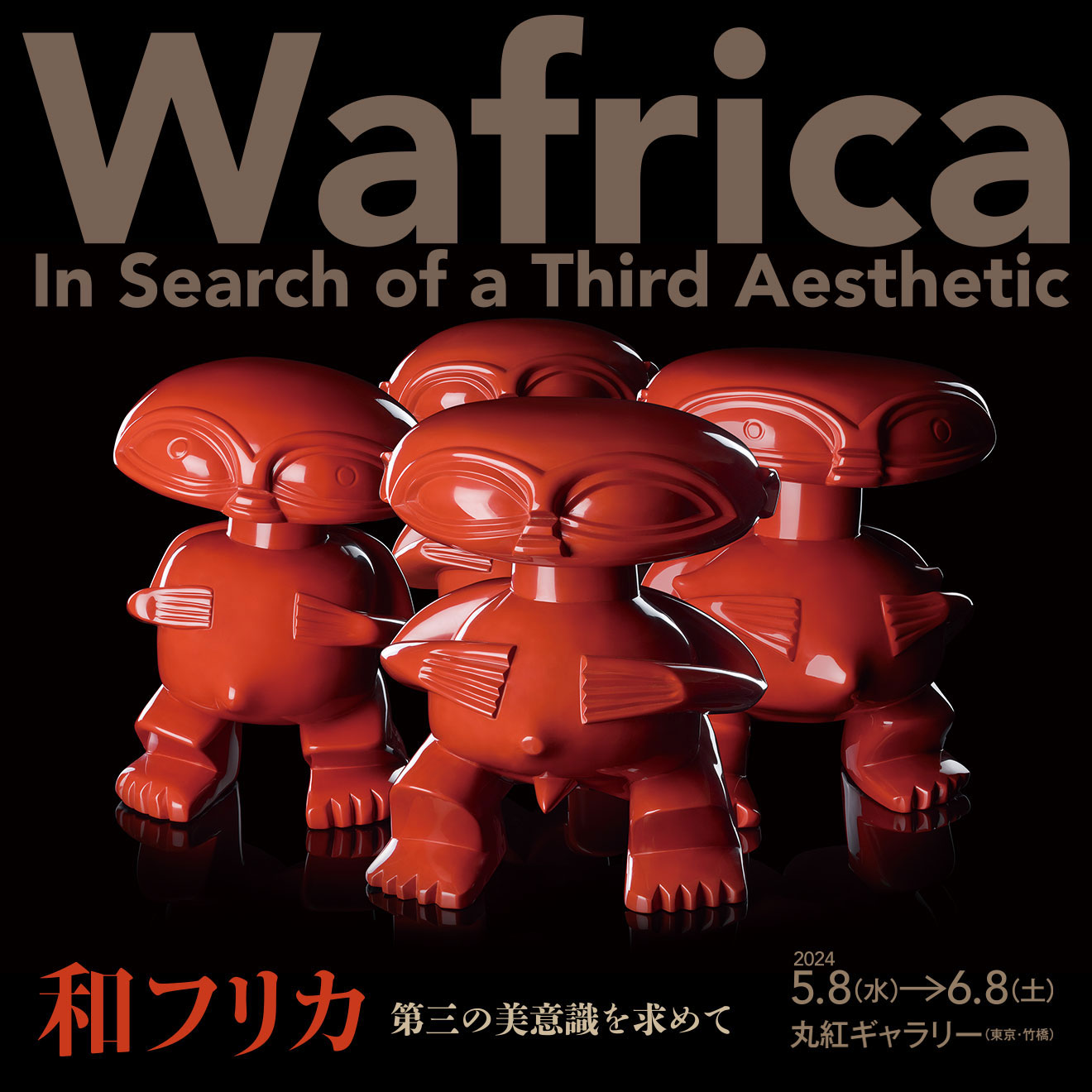
Wafrica: In Search of a Third Aesthetic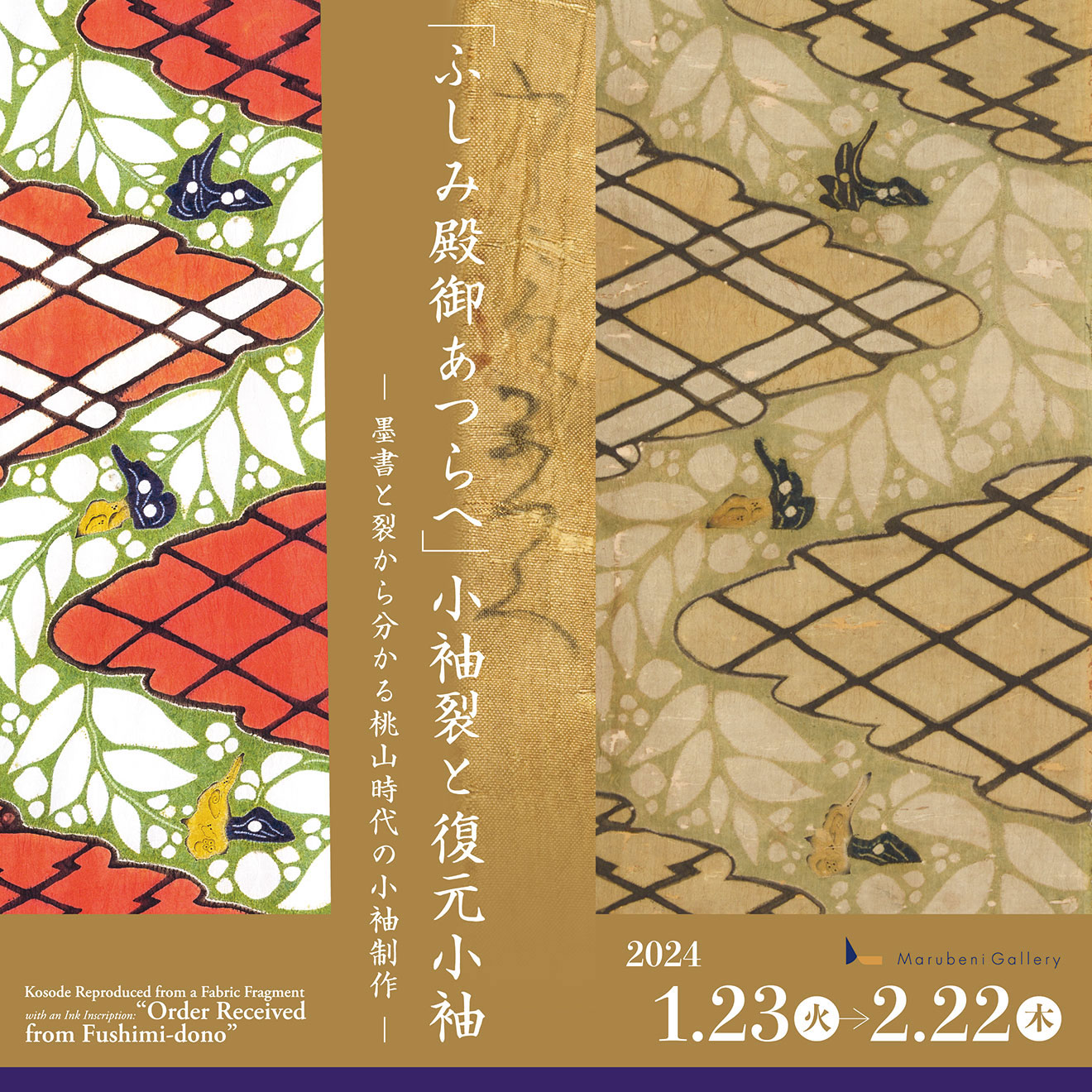
Kosode Reproduced from a Fabric Fragment with an Ink Inscription “Order Received from Fushimi-dono”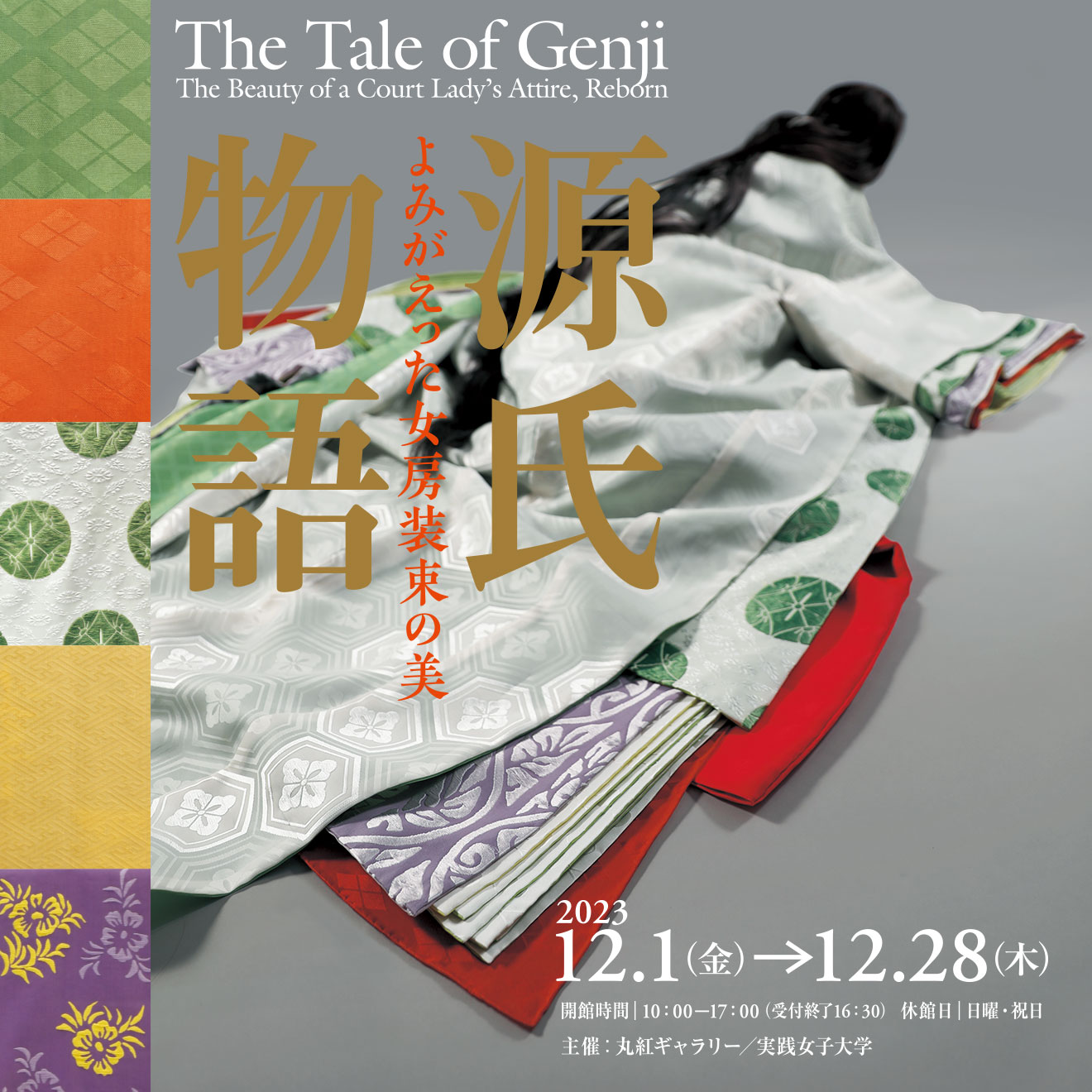
The Tale of Genji The Beauty of a Court Lady's Attire, Reborn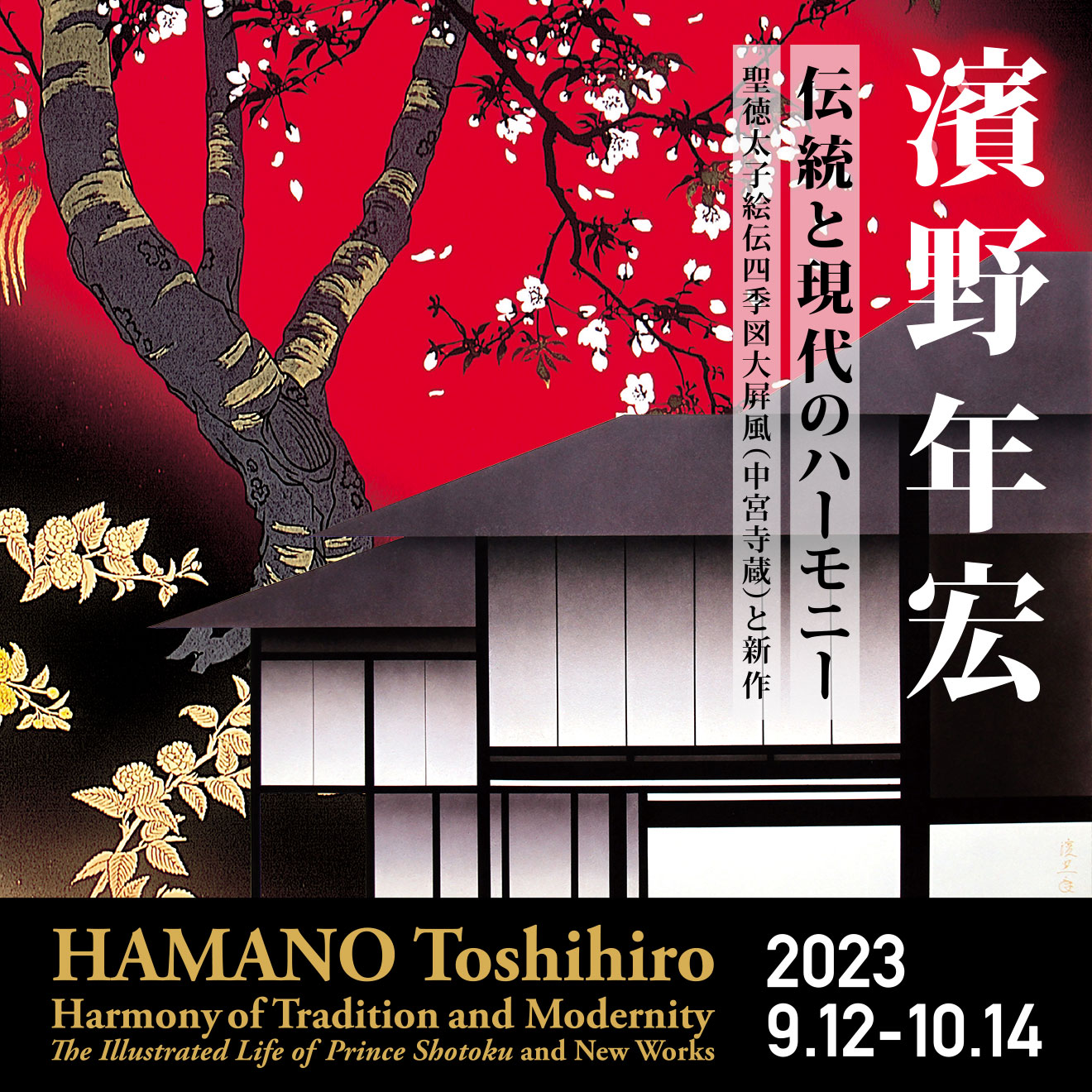
HAMANO Toshihiro:
Harmony of Tradition and Modernity-The Illustrated Life of Prince Shotoku and New Works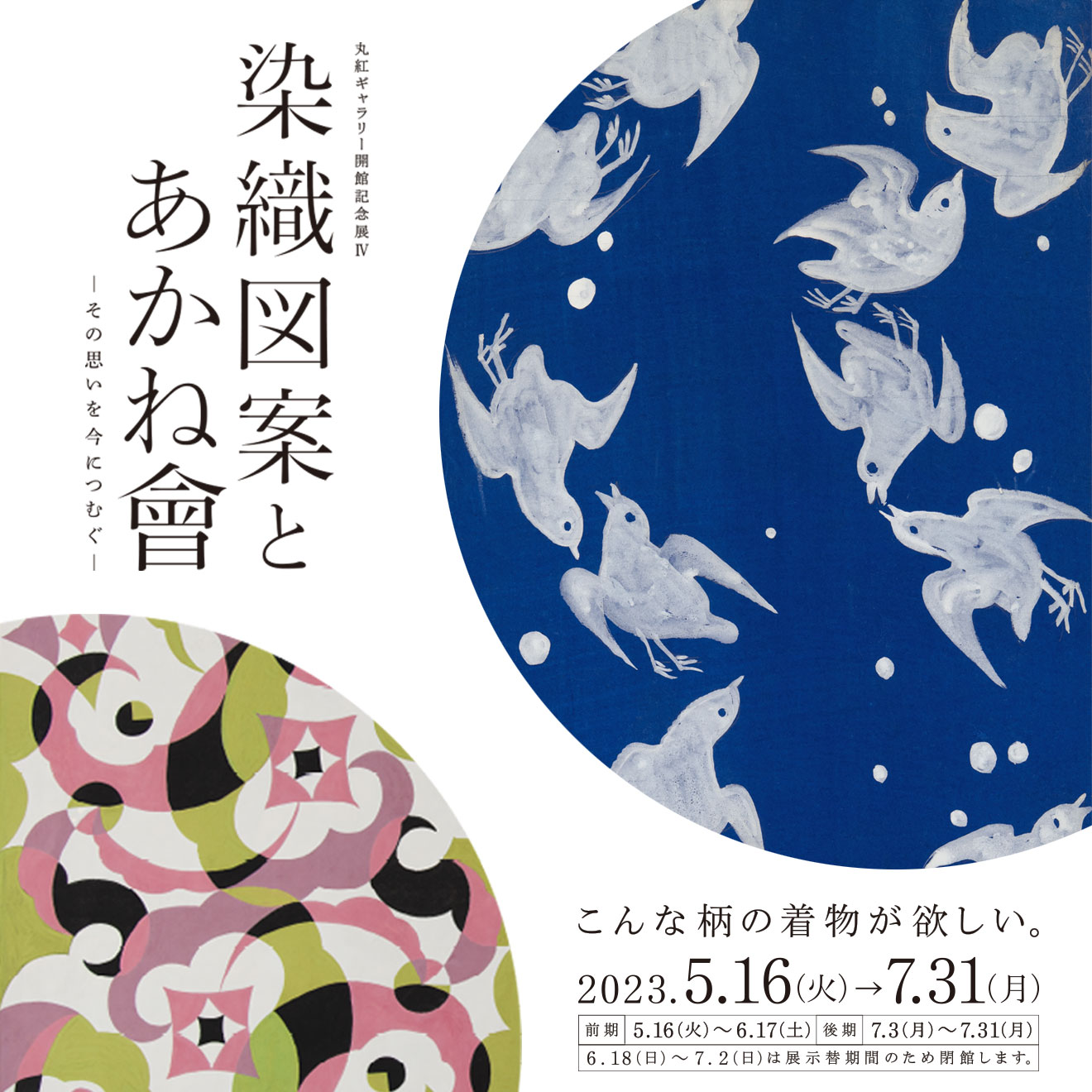
Marubeni Gallery Opening Exhibition IV
Textile Designs and the Akane-kai—
Spinning the assion of the Past into the Present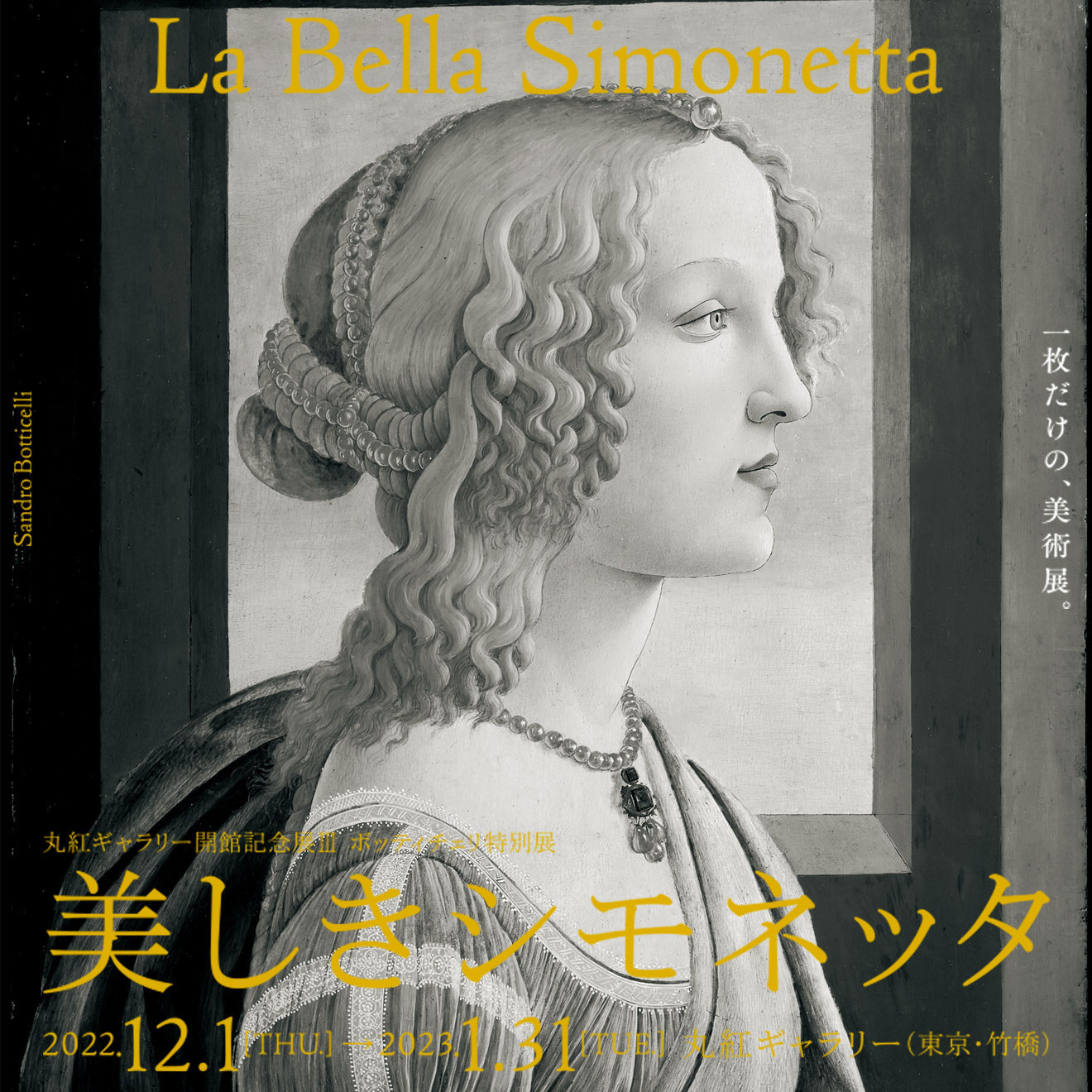
Marubeni Gallery Opening Exhibition III
Botticelli Special Exhibition
La Bella Simonetta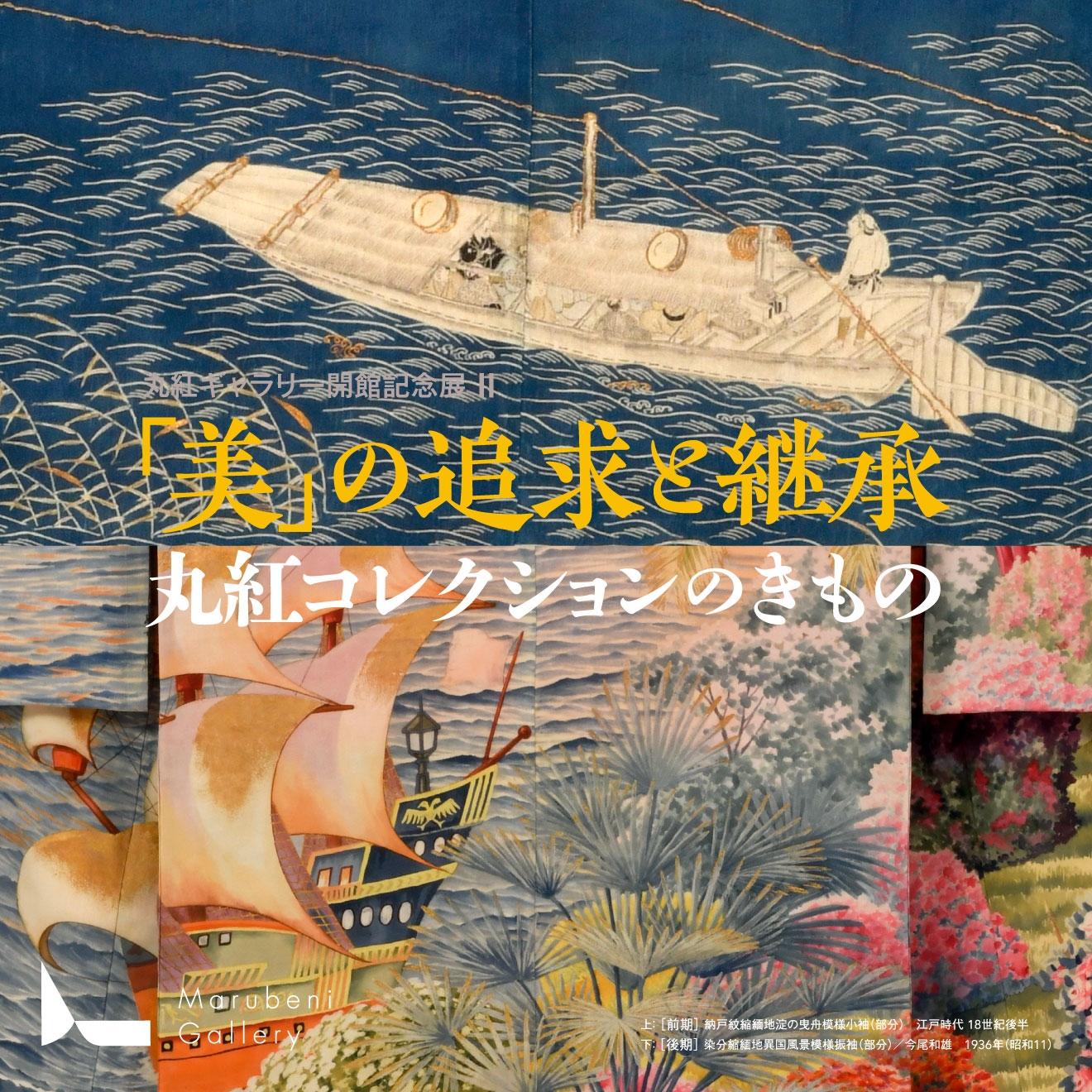
Marubeni Gallery Opening Exhibition II
Pursuing and Passing Down the Beauty - Kimono of the Marubeni Collection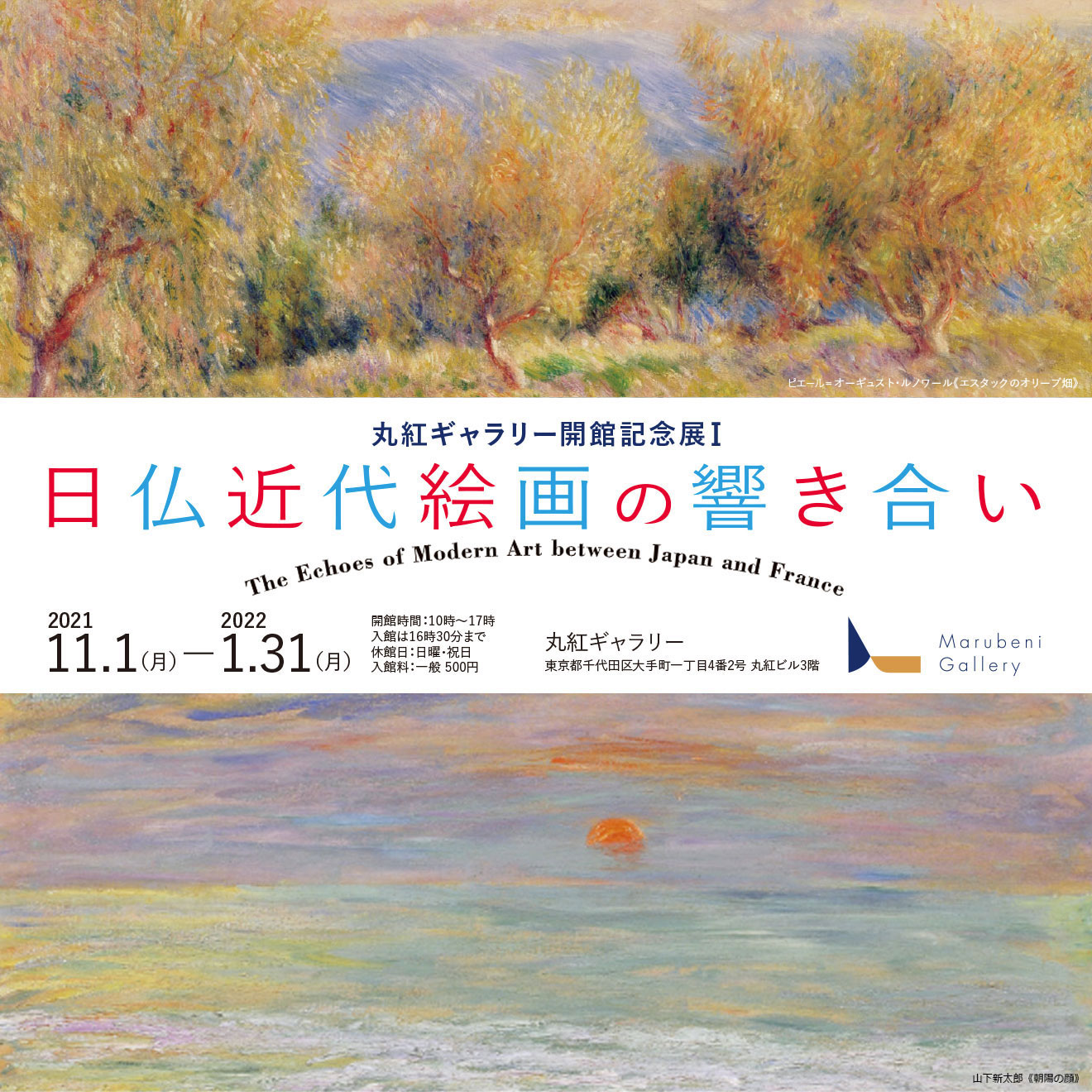
Marubeni Gallery Opening Exhibition I
The Echoes of Modern Art between Japan and France




